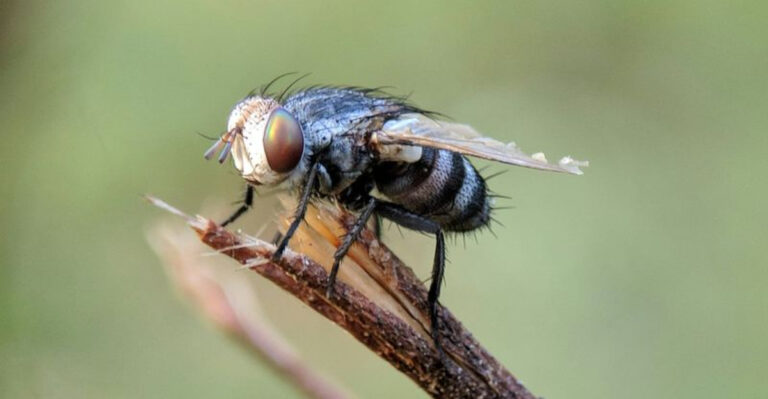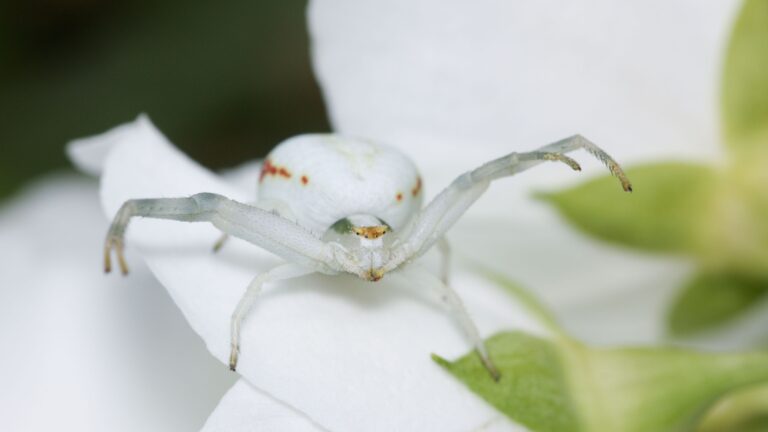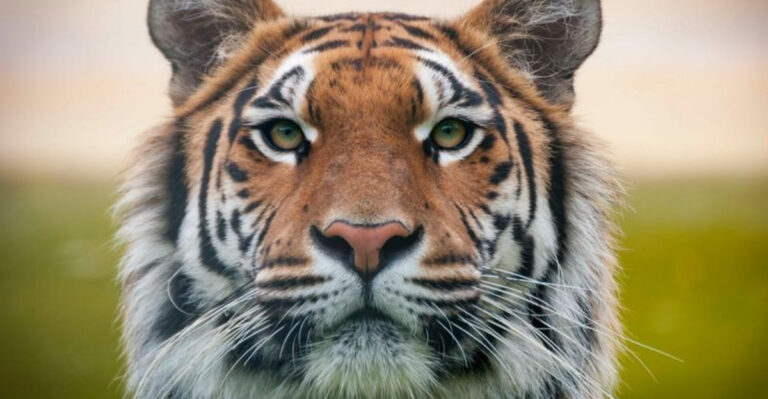How Killer Whales Can Take Down Great White Sharks
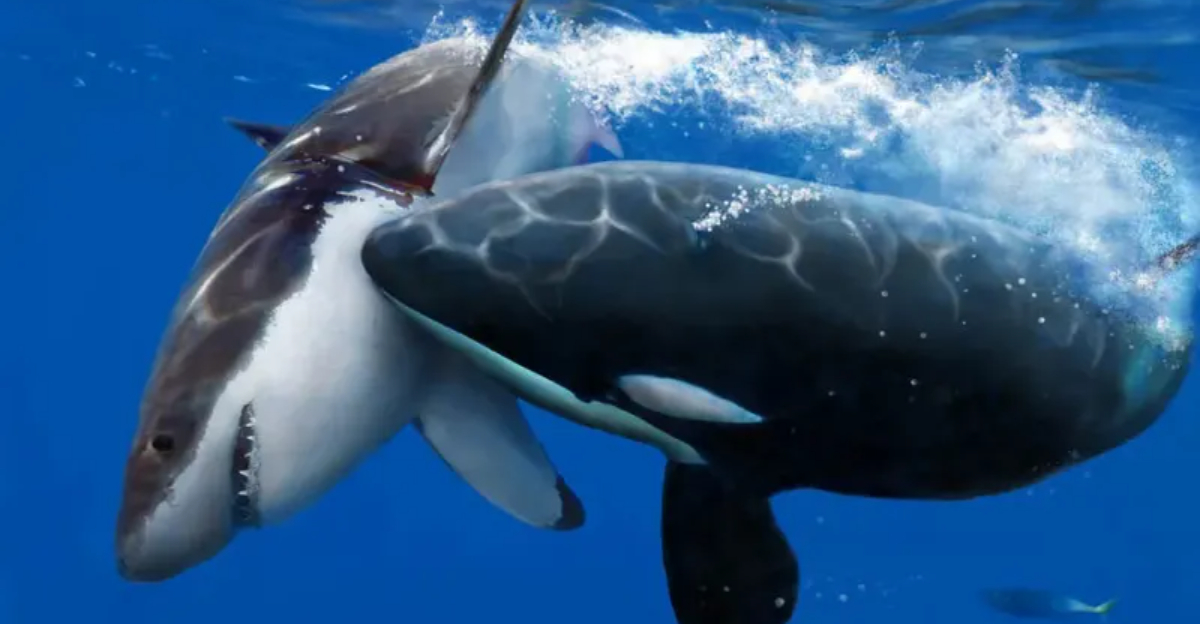
In the blue battlefield of the ocean, a surprising rivalry exists between two apex predators. Despite great white sharks’ fearsome reputation, killer whales have proven they can defeat these massive predators using sophisticated hunting strategies.
Scientists have documented several methods orcas employ to take down great whites, showcasing their remarkable intelligence and teamwork abilities.
Liver Targeting Technique
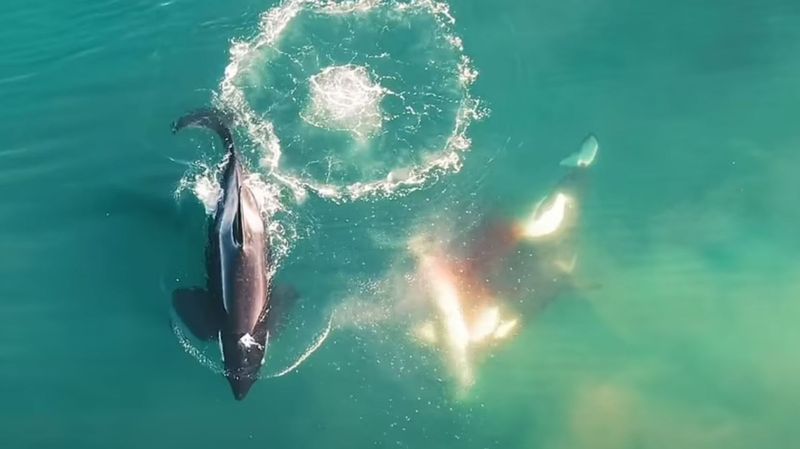
Ever wondered why orcas specifically go after shark livers? These intelligent hunters have discovered that shark livers are packed with nutritious fats and energy-rich squalene.
Orcas precisely bite near the pectoral fins, creating a tear that allows them to squeeze out this nutrient-dense organ. Great whites cannot defend against this surgical precision, often bleeding out or becoming immobilized after the attack.
Strategic Flipping Maneuver
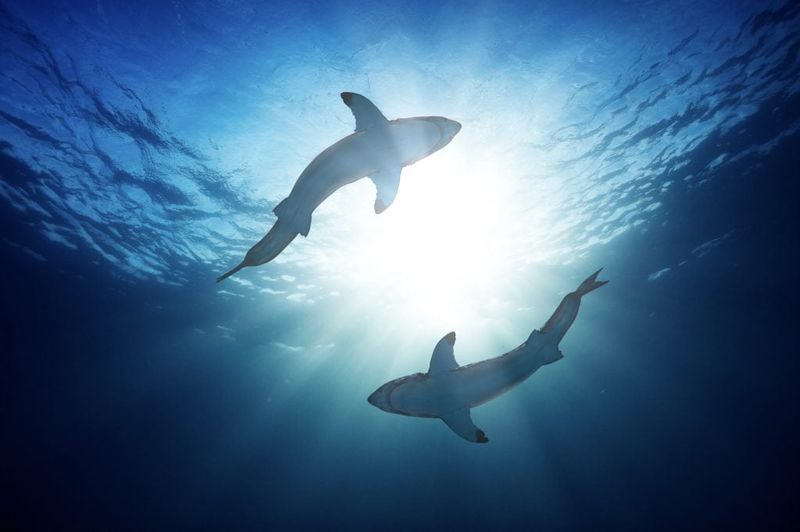
Flipping a shark upside down isn’t just showing off—it’s brilliant hunting strategy! When turned over, great whites enter a state called tonic immobility, essentially becoming paralyzed.
Killer whales have mastered this technique, using their snouts to push sharks onto their backs. While immobilized, the shark cannot swim or defend itself, giving the orca plenty of time to feed without resistance.
Coordinated Pack Attacks
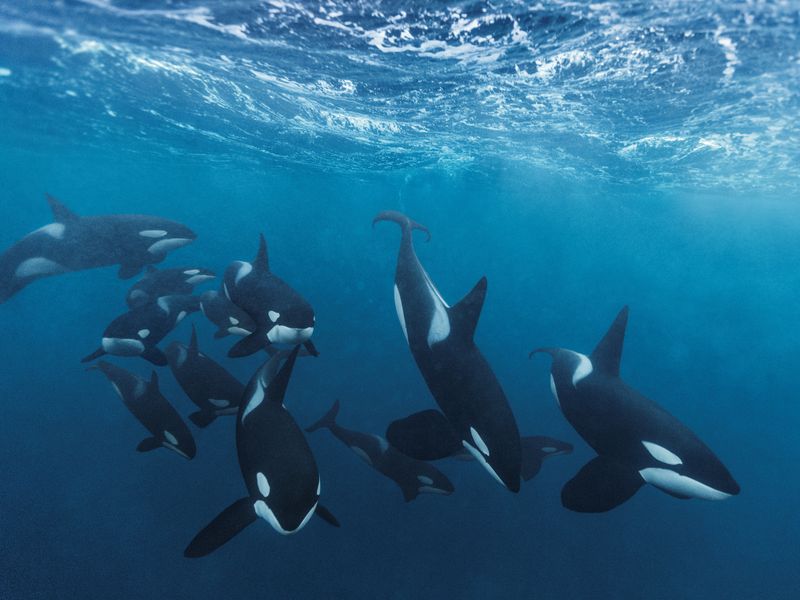
Forget lone hunters—orcas bring the whole family! Working in pods of 5-20 members, killer whales coordinate sophisticated ambushes that leave even the most fearsome sharks overwhelmed.
Some pod members distract the shark while others attack from below or behind. This teamwork creates confusion and multiple threat points that a solitary great white simply cannot counter, regardless of its size or strength.
Ramming At High Speed
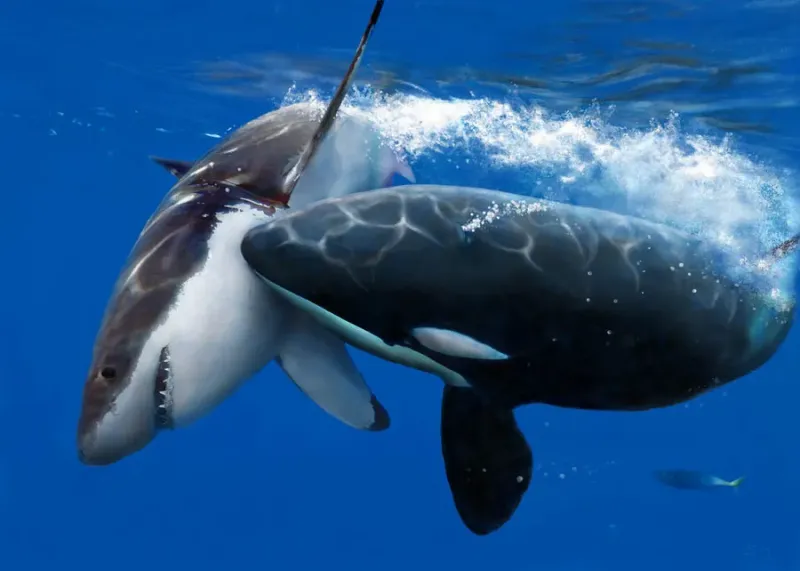
Imagine getting body-slammed by a 6-ton torpedo! Orcas accelerate to impressive speeds before ramming great whites with their robust skulls, causing devastating internal injuries.
The impact can stun or disorient sharks instantly. With speeds reaching 30 mph, these calculated collisions deliver tremendous force that can rupture vital organs or cause fatal trauma, leaving the shark severely wounded and unable to escape.
Tail Slap Stunning
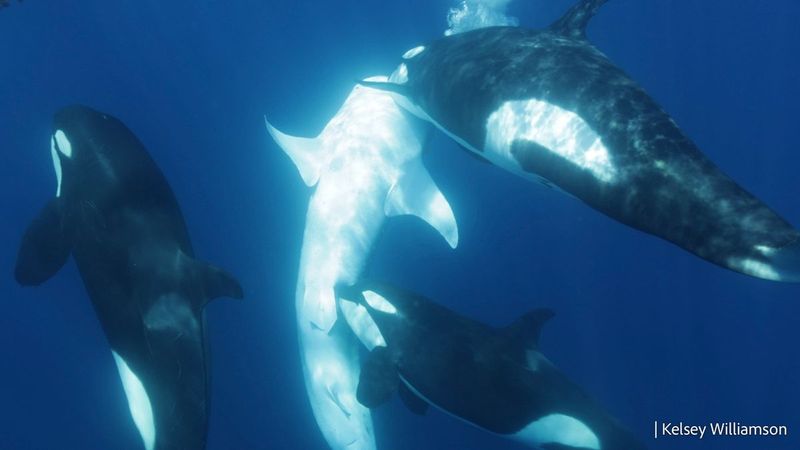
Talk about a knockout punch! Killer whales use their massive tails as powerful weapons, delivering stunning slaps that can temporarily paralyze great whites.
The force behind these tail slaps can equal several hundred pounds of pressure. Once stunned, the shark becomes an easy target for the rest of the pod to attack, often unable to recover or escape before the orcas move in for their next tactical move.
Strategic Exhaustion Method
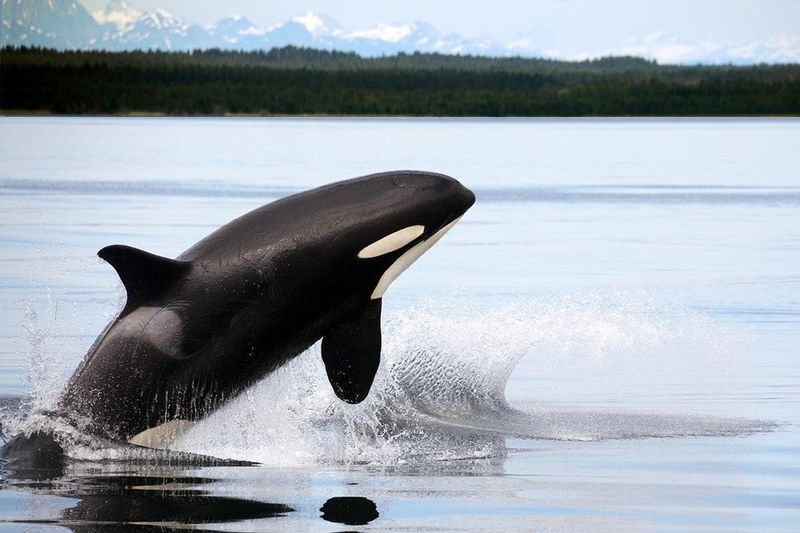
Stamina becomes the deciding factor in this oceanic chase! Killer whales take turns pursuing great whites, forcing them to swim continuously until complete exhaustion.
While sharks are built for quick bursts of speed, they tire quickly during extended pursuits. Orcas exploit this weakness by tag-teaming fresh hunters into the chase, wearing down their prey methodically until the shark can no longer effectively defend itself.
Sound Wave Disorientation
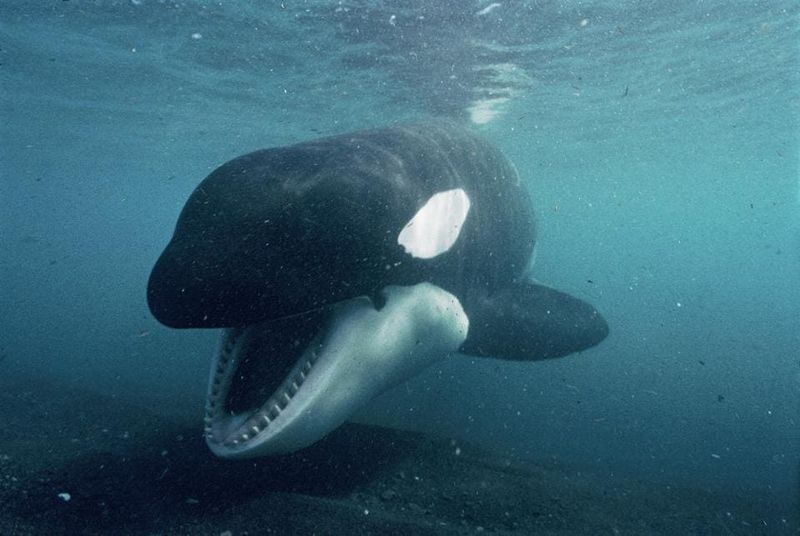
Underwater sound becomes a secret weapon in the orca arsenal! By producing powerful clicks and calls, killer whales can disorient great whites, disrupting their sensitive electroreception systems.
These acoustic tactics confuse sharks’ ability to navigate and detect prey. Disoriented and unable to properly sense their surroundings, great whites become vulnerable to attack, similar to how we might feel trying to fight with our eyes closed and ears ringing.
Breath-Holding Suffocation
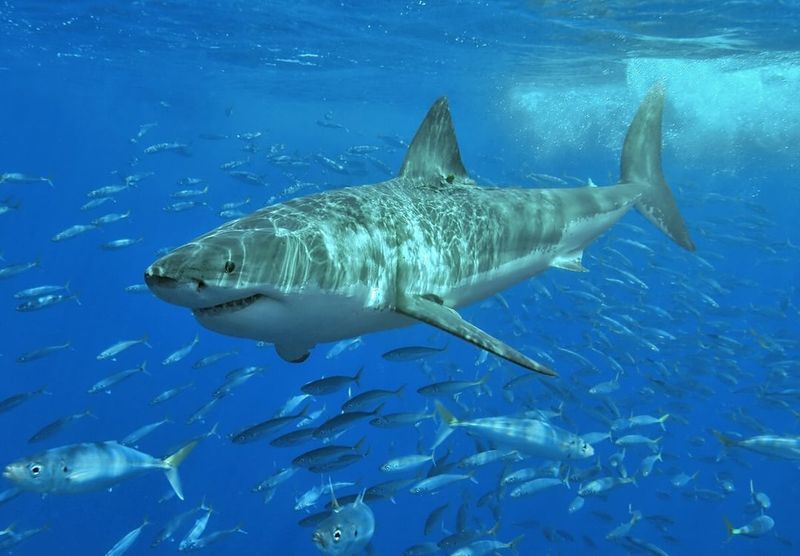
Breathing becomes a deadly weakness when facing killer whales! Unlike orcas who breathe air, sharks must keep moving to push water through their gills.
Clever orcas exploit this by holding sharks still or upside down, preventing water flow across their gills. Without fresh oxygen-rich water passing through their respiratory system, great whites essentially suffocate within minutes, making this a particularly effective takedown method.
Hunting Ground Dominance
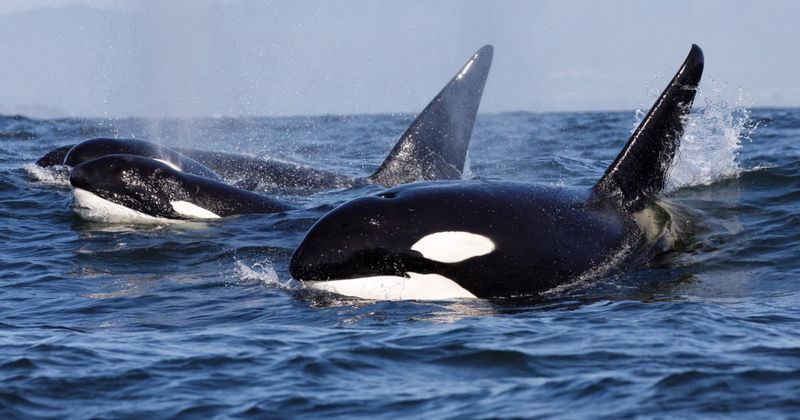
Fear becomes the ultimate weapon! Research shows that great whites immediately abandon feeding grounds when orcas arrive—sometimes staying away for months.
This psychological warfare gives killer whales complete access to prey-rich areas without competition. Great whites appear to recognize orcas as threats from previous encounters or instinctively, creating a powerful territorial advantage that extends beyond physical confrontations into a form of ecosystem control.



